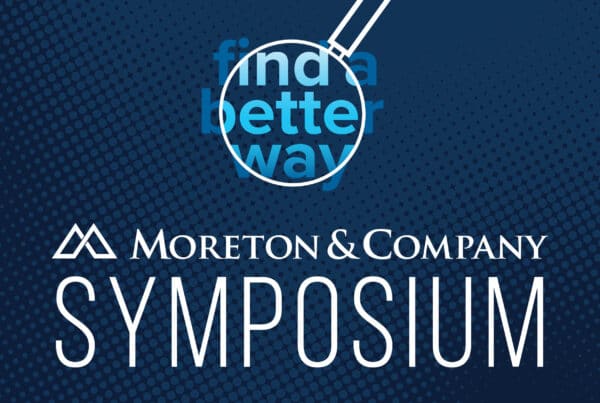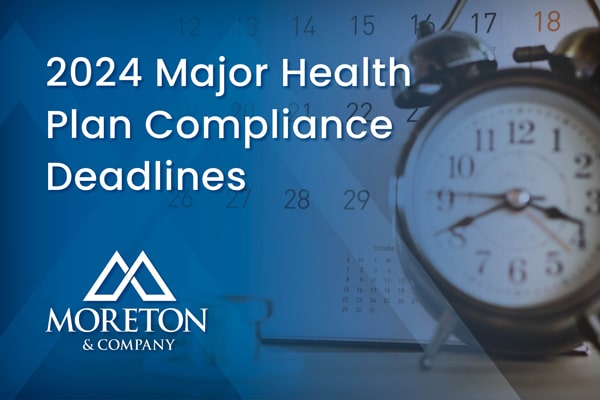
Defusing Nuclear Verdicts
A Nuclear Verdict is one that is in excess of $10M OR where noneconomic damages are disproportionate to facts and injuries. From 2010 to 2018, the average of verdicts exceeding $1M rose from $2.3M to $22.3M–nearly a 1,000% increase. In 2023, $13,521,090,000 in Nuclear Verdicts were awarded.
What is Causing These Verdicts?
Anger has proven to be more powerful than sympathy in affecting the outcome of a case. Plaintiffs’ counsels are becoming increasingly skilled at igniting and channeling anger in a jury, which then begins a domino effect that leads to a Nuclear Verdict.
A surprisingly effective tool, anger can reduce complex cases to emotions only, which works in the Plaintiff’s favor. The result?
- Juries can switch from analytical to emotional in their deliberations and feel the need to “save” the plaintiff from the callous public entity.
- Plaintiff counsel introduces an excessive damage number that stays in the heads of the jury–which is not countered by defense counsel.
The Defense’s Challenge
Though it may seem counter intuitive, the best way to defuse juror anger is by validating it. According to the book “Nuclear Verdicts: Break the Pattern”, authored by Robert F. Tyson Jr. and Cayce E. Lynch, there are four critical steps to regain control of the emotion introduced by plaintiff counsel:
- Accept Responsibility: Owning up to culpability makes the public entity look reasonable in the jury’s mind–defusing the jury’s anger on the plaintiff’s behalf. Keep in mind that responsibility and liability are not the same thing. Help the jury see the distinction between the two.
- Give A Number: Even when seeking a defense verdict, always give a number. This is far more effective than arguing against (or simply ignoring) the plaintiff’s number because, psychologically, it never goes up. Giving your own number can actually lower the amount of damages settled on by a jury.
- Personalize the Public Entity: Public entities can feel like faceless names with big government bank accounts; corporate identity effect is real and will work against you in the courtroom. For the same reason that plaintiffs rely on anger and sympathy in the jury, lower damages are awarded when the jury can personally relate to the public entity. The simplest way to create a personal connection is by bringing a representative who will be present throughout the trial. Select someone who is likeable, trustworthy, personable, and reliable.
- Argue Pain and Suffering: This is the biggest component of Nuclear Verdicts, but is often left untouched by the defense. Reminding the jury of the value of a dollar can help bring them back to earth. Show the jury the impact of the incident on the plaintiff’s life, contrasted with the impact of money on the plaintiff’s life. Illustrate how the public entity wants to help the plaintiff.
Before Trial
For a solid defense, you should be able to answer each of the following questions before the trial begins:
- What could make a jury angry and how will plaintiff counsel accomplish it?
- What is the theme of the trial?
- Where will defense counsel start the narrative during opening statement?
- How will defense counsel defuse anger?
- How will your attorneys show the jury you care?
Source and Additional Training: Fetyko, Ashley Paige. Senior Counsel of Tyson & Mendes. “How to Stop Nuclear Verdicts with Methods That Work.” Presentation, n.d. https://www.nuclearverdictsdefense.com/


